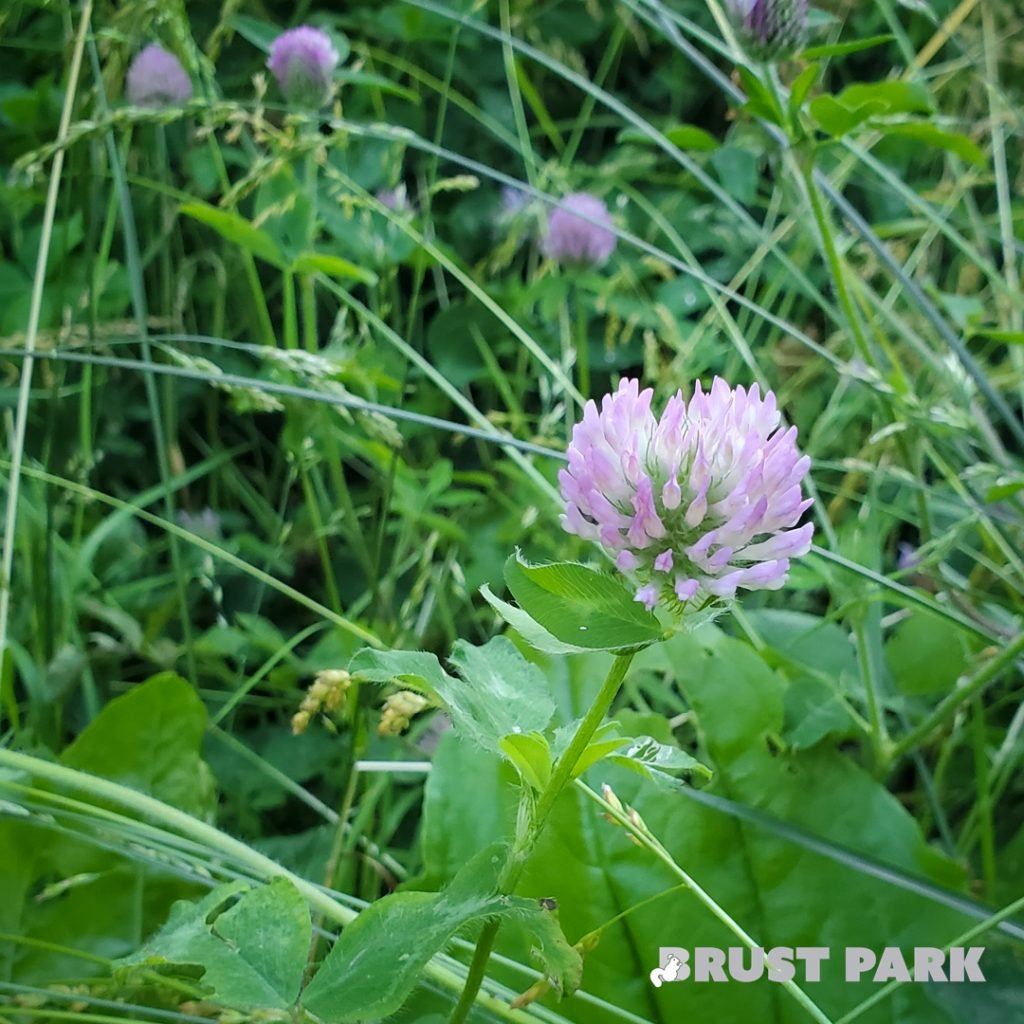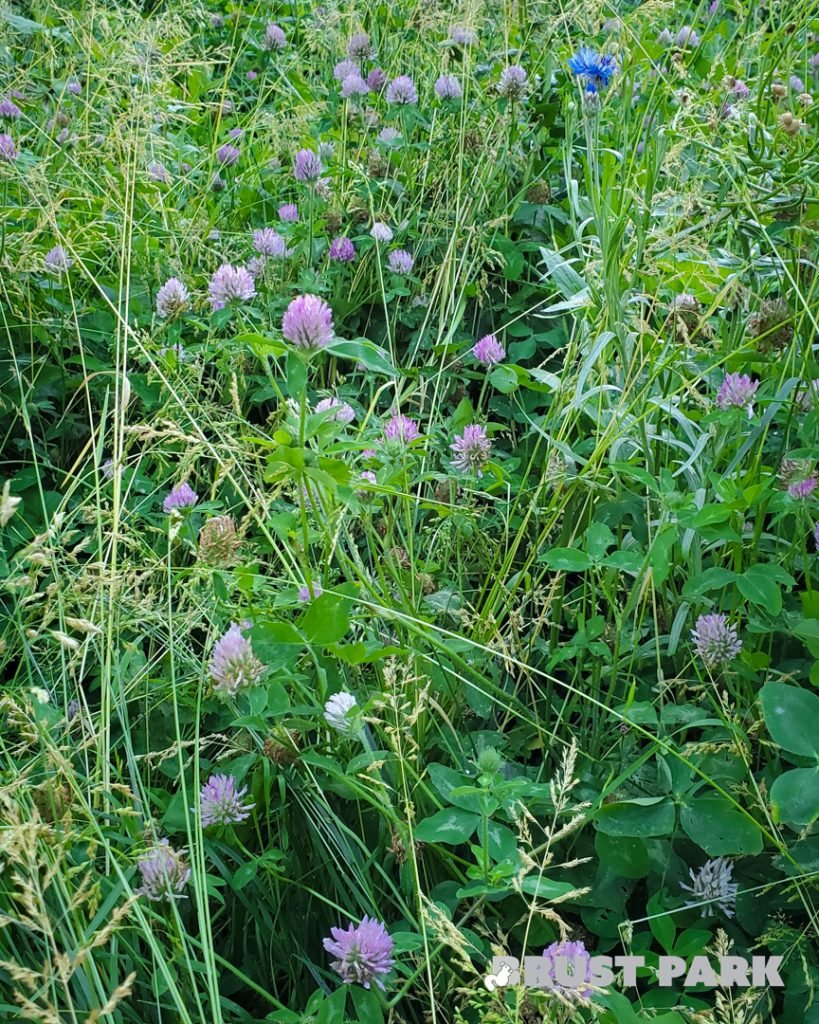
Nestled in the heart of the Bronx, Brust Park is a haven for nature enthusiasts and a vital green space for the local community. One often overlooked but incredibly beneficial plant that could enhance the park’s biodiversity is Red Clover (Trifolium pratense). Often dismissed as a weed, Red Clover is a powerhouse of ecological benefits and deserves a place in our park.
The Ecological Benefits of Red Clover
Red Clover offers numerous advantages for the environment. As a legume, it has a unique ability to fix nitrogen in the soil, enriching it and promoting the growth of other plants. This nitrogen-fixing process reduces the need for chemical fertilizers, making it a natural and sustainable way to improve soil health. Additionally, Red Clover’s deep root system helps prevent soil erosion and improves soil structure, which is crucial for maintaining the park’s landscape.
This plant is also a magnet for pollinators. Its vibrant pinkish-red flowers attract bees, butterflies, and other pollinators, which are essential for the reproduction of many flowering plants. By fostering a healthy pollinator population, Red Clover contributes to the overall health of Brust Park’s ecosystem.
Misunderstood as a Weed
Despite its benefits, Red Clover is often misunderstood and labeled as a weed. This misconception stems from its vigorous growth habit and ability to spread quickly. However, what some see as a nuisance, others recognize as a sign of resilience and adaptability. Red Clover’s robustness allows it to thrive in various conditions, making it an ideal candidate for areas in Brust Park that might be challenging for other plants.
How to Grow and Care for Red Clover
Growing Red Clover in Brust Park is relatively straightforward. Here’s a guide to help you get started:
1. Soil Preparation: Red Clover prefers well-drained soil with a neutral to slightly acidic pH. Before planting, it’s beneficial to perform a soil test and amend the soil if necessary.
2. Planting: Red Clover seeds can be sown directly into the ground in early spring or late summer. Scatter the seeds evenly over the prepared soil and lightly rake them in. A thin layer of soil over the seeds helps with germination.
3. Watering: While Red Clover is drought-tolerant once established, it requires regular watering during the germination period. Keep the soil consistently moist until the seedlings are well-established.
4. Maintenance: Red Clover is relatively low-maintenance. Regular mowing or trimming will help manage its growth and encourage it to spread evenly. This also prevents it from becoming too dominant and crowding out other plants.
5. Companion Planting: Red Clover works well with grasses and other low-growing plants. It can be used as a cover crop or integrated into mixed plantings to enhance soil fertility and support diverse plant communities.
Red Clover in Brust Park
Incorporating Red Clover into Brust Park’s landscape can transform the park into a more vibrant and ecologically balanced space. Its nitrogen-fixing abilities will improve soil health, its flowers will support pollinators, and its hardy nature will ensure it thrives with minimal intervention. Embracing this misunderstood plant can enhance the park’s natural beauty and contribute to a healthier environment for all who visit.
As we continue to develop and care for Brust Park, let’s consider the many benefits of Red Clover and other native plants. By doing so, we can create a sustainable and thriving green space for the Bronx community.
For more detailed information on Red Clover and its benefits, you can visit resources like the USDA Plant Database and the SARE: Sustainable Agriculture Research and Education.
Let’s celebrate the hidden gems of nature and work together to make Brust Park a model of ecological stewardship and natural beauty.

References:
- “Trifolium pratense.” USDA NRCS. https://plants.usda.gov/home/plantProfile?symbol=TRPR2
Trifolium pratense L. Red Clover
https://www.sare.org/publications/managing-cover-crops-profitably/legume-cover-crops/red-clover/